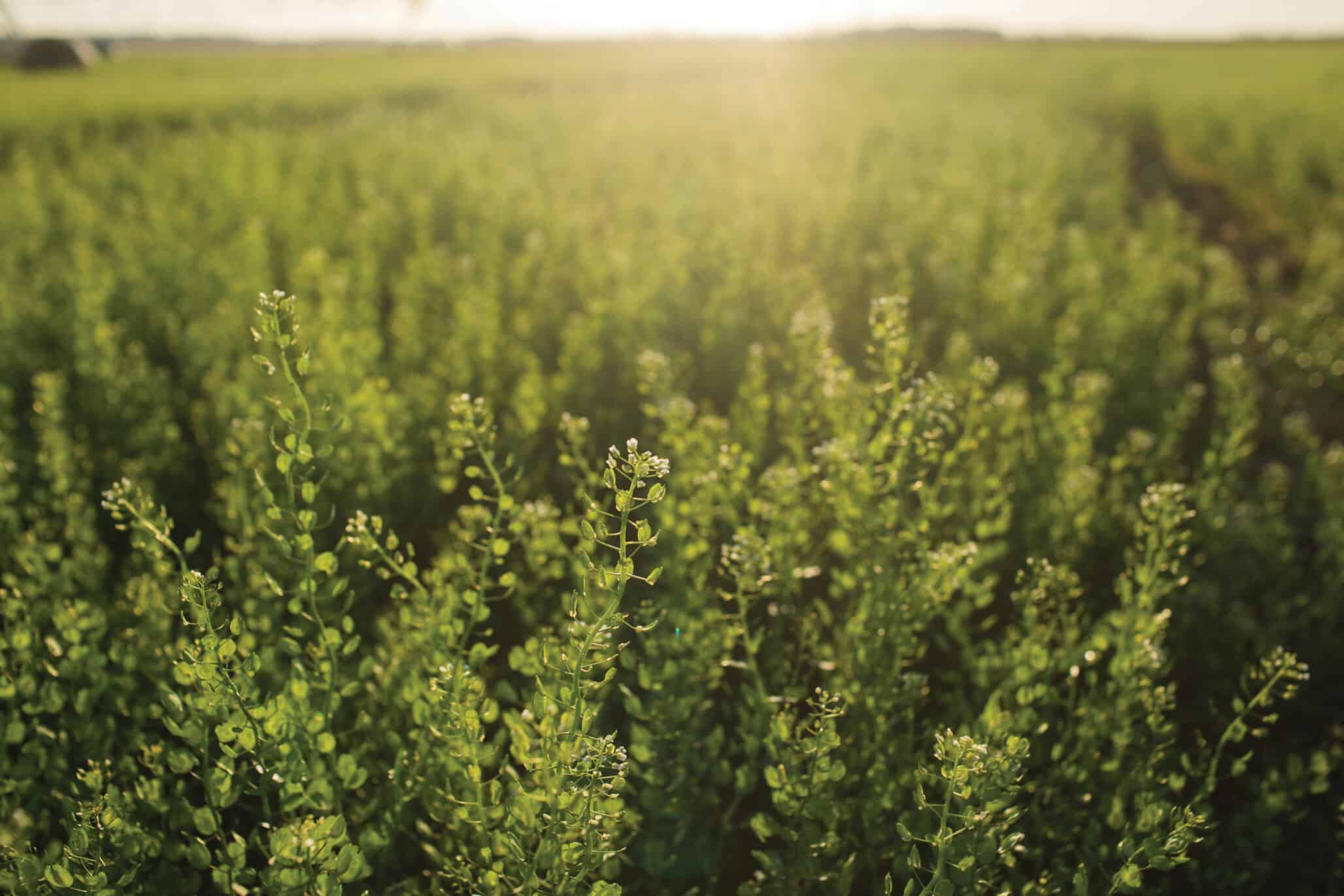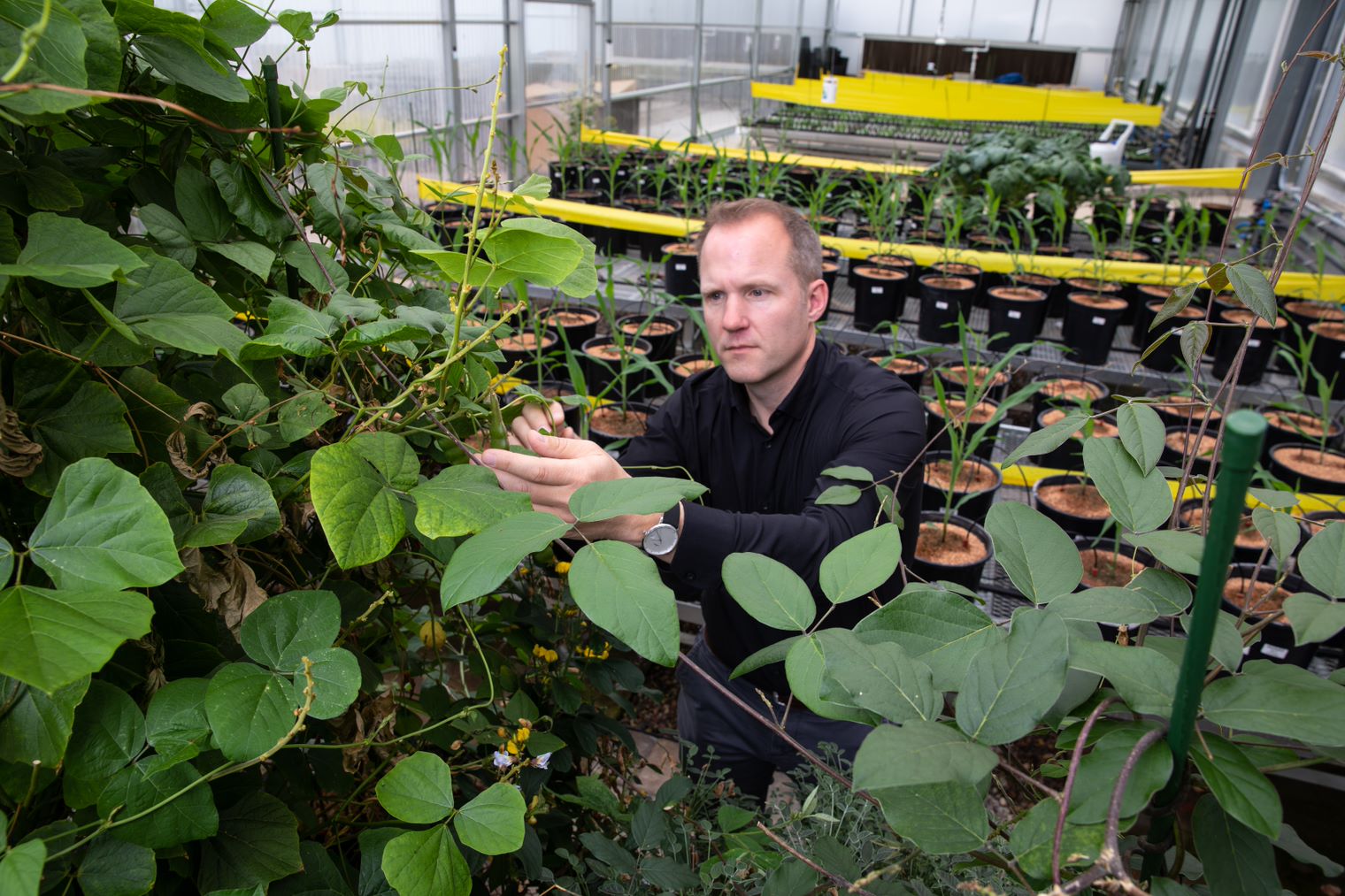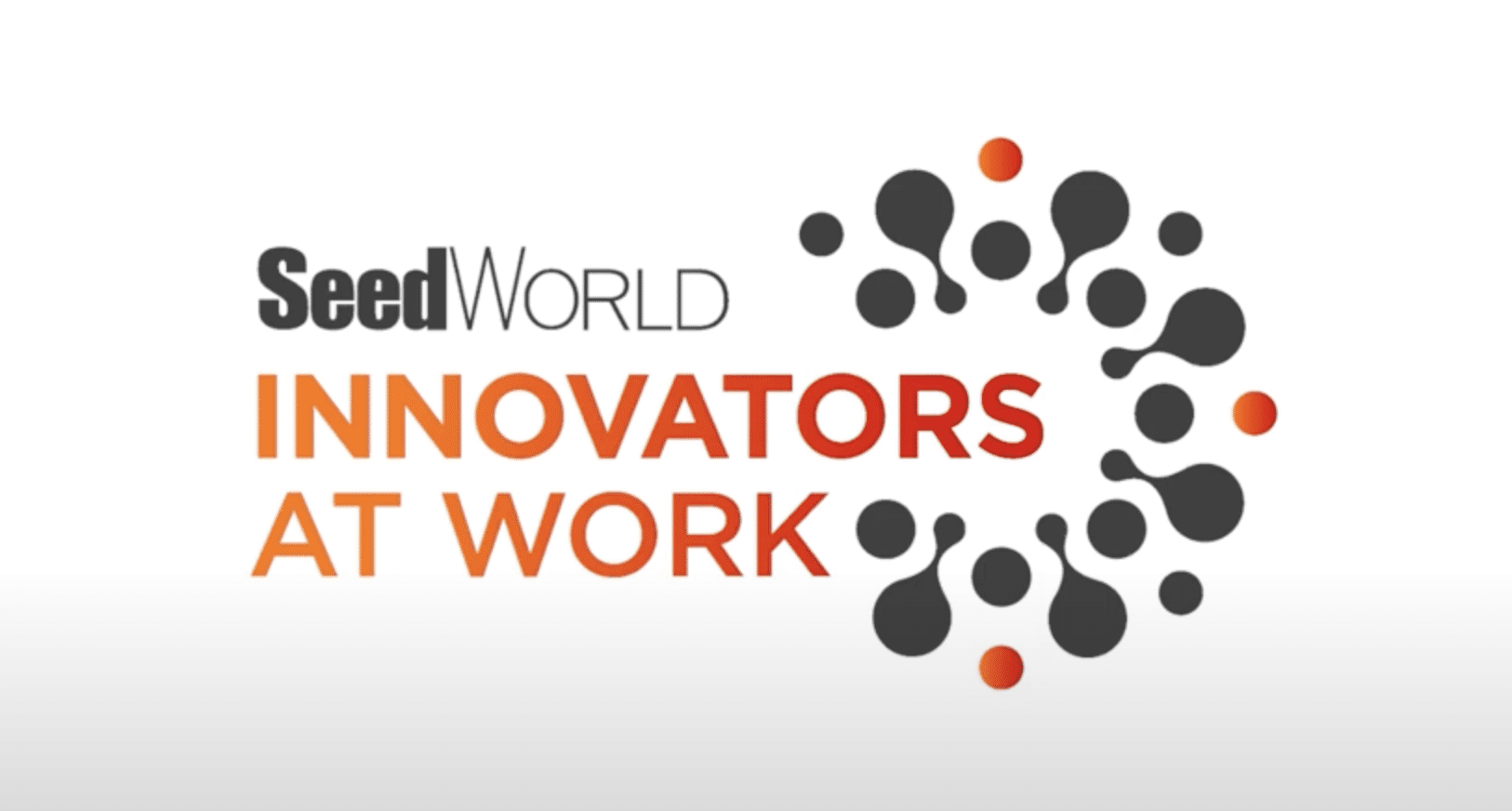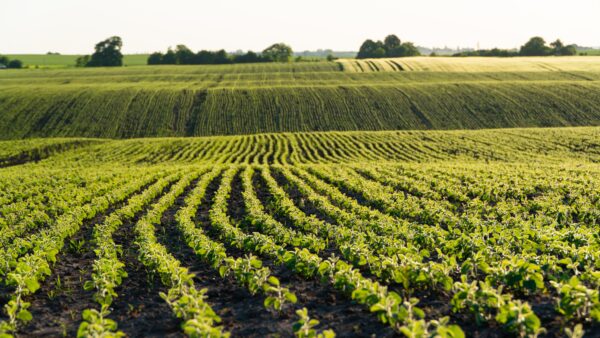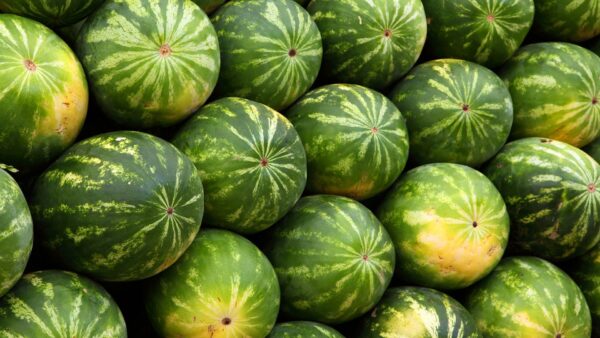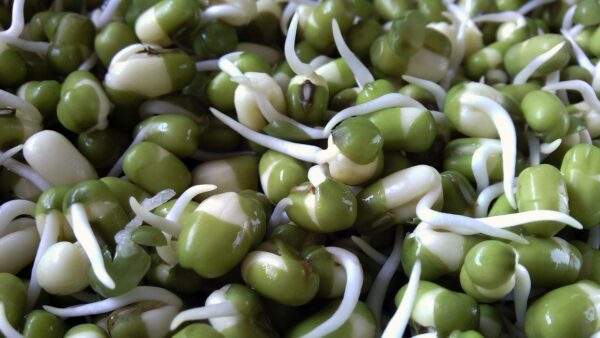Tim Ulmasov, chief scientific officer at Cquesta, is on a mission to revolutionize agriculture — and by extension, the world. He sat down for an interview at the recent meeting of the National Association for Plant Breeding in St. Louis, MO., explaining how the company’s innovation is going to change the course of plant breeding and farming.
Cquesta’s innovation traces its roots to a challenge set forth a decade ago by directors of the Salk Institute for Biological Studies, Nobel-caliber scientists who tasked their faculty with coming up with big ideas to improve the world.
“Renowned plant scientists had this breakthrough idea — why can’t we use plant genetics to capture carbon from the atmosphere and store it in the soil? After all, plants have been doing this for millions of years,” Ulmasov explains. “Now we have the knowledge and tools to make it a reality.”
The core of Cquesta’s innovation is deceptively simple yet powerful. “We’re focusing on making agricultural plants — crops of all kinds — develop larger, deeper root systems that send carbon further into the soil,” Ulmasov says. “The deeper the carbon is stored, the longer it stays there. Soil science tells us that if we can get carbon down to a meter deep, it can stay there for over 1,000 years. That’s what we’re aiming for — bigger roots, deeper storage, and carbon in a form that doesn’t easily return to the atmosphere.”
What sets Cquesta’s technology apart is how it fits into traditional farming. “Farmers will continue to grow the same crops they always have,” says Ulmasov, “but the magic happens in the soil. Carbon sequestration takes place below ground, while the farmer can generate additional revenue from carbon credits. That value is shared across the chain — from farmers to seed companies.”
Reflecting on his time with previous companies like Monsanto and CoverCress, Ulmasov realized Cquesta’s technology offers something new. “I asked myself, is this an agronomic trait where the farmer benefits, or a quality trait that helps the downstream value chain? It occurred to me that this is a totally new type of trait where society as a whole benefits.”
Of course, any groundbreaking innovation comes with challenges. “One of the risks we face is technological,” admits Ulmasov. “This is a novel technology, but we’ve faced similar challenges at CoverCress, where we not only developed the genetics but also built an entire value chain. We’re doing the same here — ensuring the technology works and making sure everyone is comfortable with the deployment and performance.”
The crux of Sequester’s mission ties back to sustainability. Ulmasov believes the biggest barrier to sustainability in agriculture is the lack of proper economic incentives. “At CoverCress, we created the world’s first productive cover crop, but it was clear that while cover crops benefit the entire ecosystem — mitigating soil erosion, nitrogen leaching, and more — the farmer was typically in the red. That’s one of the biggest challenges in sustainable agriculture: ensuring every part of the value chain is incentivized.”


